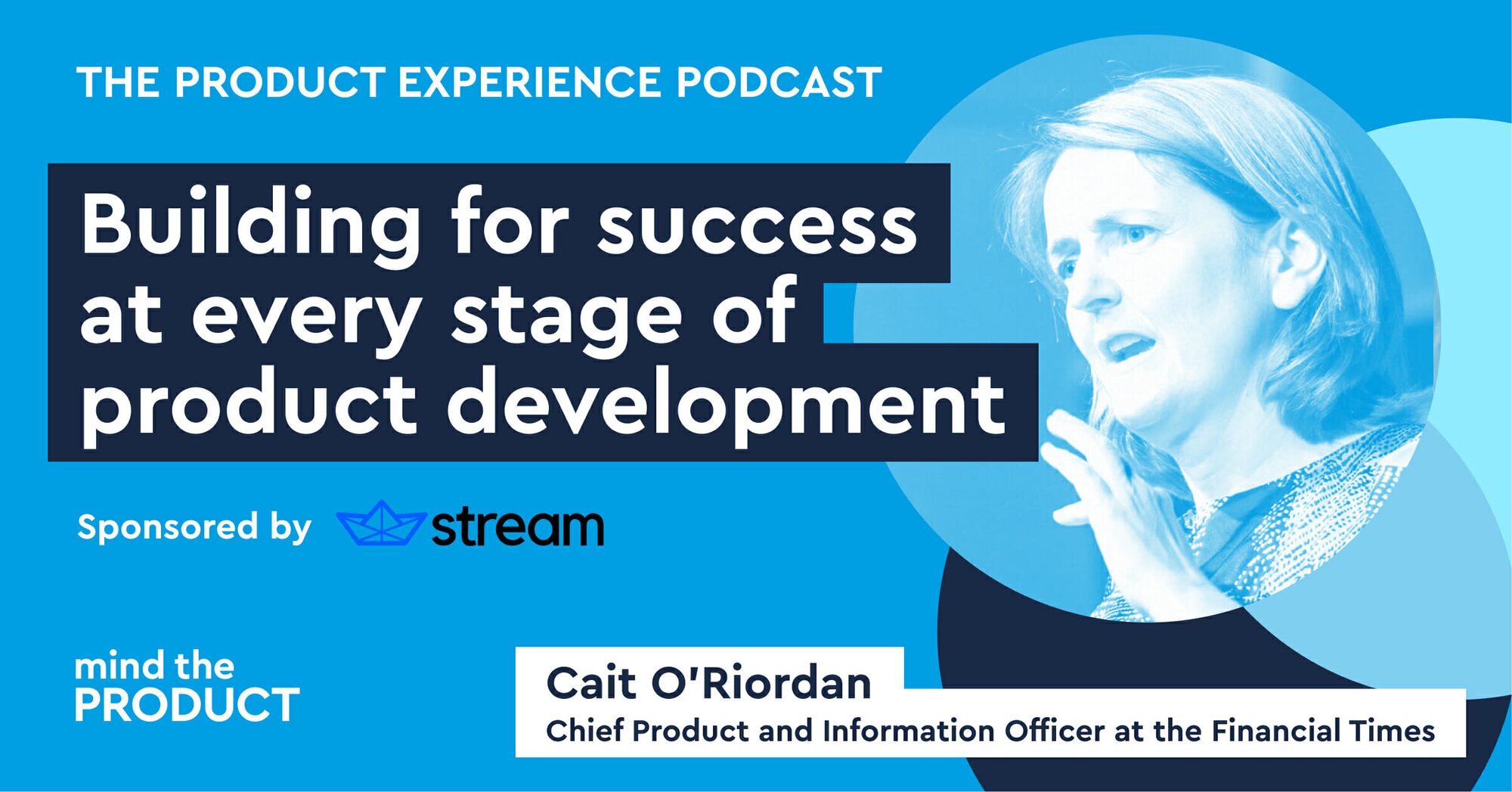Enterprise businesses are often risk-averse, making it challenging for a product manager trying to innovate. How do you work around the problem? How do you learn to sell the dream and encourage your risk-averse stakeholders to innovate with you?
In this post, we share six suggestions from product people who have found successful ways to work in a risk-averse environment.
1. Practise strong communication and empathy
Strong communication and empathy are prerequisites in a risk-averse environment. Emma McLaughlin has worked for a number of years as a product manager in the traditionally risk-averse and slow-to-change financial services industry. She’s accustomed to working in an organisation that is going through digital transformation and attempting to shift to a product mindset.
“Part of my job is to educate other parts of the business — to spread the word that this is what the future looks like, and this is how we're going to do it,” she says. “Risk aversion is essentially a fear of the unknown.” She’ll work out the stakeholders biggest fears and talk them through the worst that can happen: “I’ll say ‘let's start talking about this thing see what can we do to de-risk it? How do we make it less scary?’.”
2. Avoid product management jargon
Emma also recommends being careful about the language you use and avoiding jargon. Put yourself in your stakeholders’ shoes — this product thing is more new stuff that they don’t understand. “I learned very early on that jargon like MVPs, journey maps, visions and goals scares people even more. If we can have the conversation in the right way, in a nice, natural way, that really helps to build relationships,” says Emma.
3. Explain your mindset
Remember that the business is probably used to long timescales and work that is complete when it’s delivered. So when a product manager delivers a small thing on an MVP the focus may be on what has not been delivered. Says Emma: “From day one you should make it clear that you expect the rest of the business to be available to you and set time aside to work with you. They can’t just give you requirements and walk away. You need to sell that mindset from the beginning, then as you progress people will see that their feedback is being taken on board.” It will take a lot of repetition, she adds, because you can’t assume that anyone will be interested in or take notice of the way a product manager works.
4. Use data and evidence
Large risk-averse businesses are often sales-led, so, as Tim Ward, founder of Dare Analytic, says, you must ensure you collate solid evidence from trusted sources. You always need data and evidence to back up your statements. Emma finds it helpful to do her own deep dive into problems in the backlog before anyone starts talking about priorities. “The business may be dancing to the tune of whoever is paying rather than truly looking at the impact on value,” she says.
5. Run experiments anyway
ProdPad CEO Janna Bastow says that sometimes it's easier to ask for forgiveness than for permission. She suggests you work out how you can work in small, lean and incremental ways and then show people the experiments you’ve performed. Says Janna: “You can talk people through the process and what to expect, and indicate that things aren't permanent.” It also demonstrates that your job is not to know the right answers, but to discover the best answers based on the inputs you have and the experiments you run.
6. Find a champion
It’s very difficult to get to know everyone in a big company, especially when you're likely to be treated with suspicion. It’s important to engage legacy stakeholders when you’re trying to innovate.
Emma finds that identifying a potential champion early on can be very helpful. “I’m disrupting their world, asking for their time to do this discovery thing. So early on, I like to identify someone who's going to help. Surprisingly it's often that person who's pushing back, who's shouting the loudest at me at the beginning, and I have to win them over. It can be a lot of work, but in my experience, it gets me the biggest gain.”
Janna adds that a champion can help you to carve out a group who are allowed to innovate while everyone else gets on with business as usual. “Can you scrape enough resources together to get your own little lab together?,” she says. “As long as the place isn't toxic, then there should be tactics you can use to innovate. Often it means making small moves, testing the waters, seeing how people react and then testing bigger moves as you go forward.”
Further resources
- How to encourage change by building trust — Eira Hayward (mindtheproduct.com, 2021)
- Negotiating with sales: A guide for product managers — Pradip Khakhar (mindtheproduct.com, 2020)
- Achieving digital maturity — MIT Sloan Management Review, 2017)
- Your company is too risk-averse — (Harvard Business Review, 2020)
- Enterprise B2B product management by Jason Knight — Andres Phillips (mindtheproduct.com, 2021)







